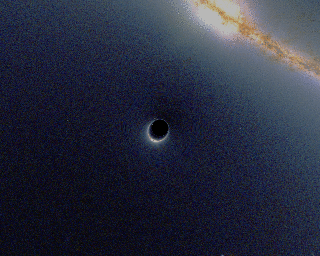 |
| Meditation in Sri Lanka by Sarvodaya Shramadana |
It is an ancient desire to grasp and understand the universe. The hypothesis introduced by the book,'The Science of Consciousness,' incorporates the mind within cosmic evolution. It examines complexity increase via material interaction, culminating in the intelligent mind. It is a cosmic unity that resonates with ancient intuition but is based on recent scientific research.
The book concludes that three elementary particle classes form the foundation of the universe. These elementary particles are the matter fermions (such as the electron), the mind, and the cosmos. Their identical energy structures and analog operational principles form a fractal structure of vastly different energy levels and sizes. The smallest are material fermions; their immense frequencies provide massive energy levels. Fermions make up the luminous fireballs of stars and the organic matter of biological organisms. The second, lesser energy-producing level is the mind. In contrast to matter, which takes shape in space, the mental world (minds, societies, or ecosystems) exists in time. Finally, the largest structure is the universe, encompassing everything in space and time. Therefore, the universe organizes space and time with gentle wisdom.
The hypothesis outlines an Aristotelian complexity: an organic, interconnected universe. It is also congruent with Hinduism, where Atman is the individual Self, and Brahman is the Ultimate Reality, the divine essence of the universe. Atman (the inner Self inside man) and the Brahman, the whole universe is one. In monotheistic faiths, the cosmos is honored as God, and Man was created in His image.
It also recognizes the karmic consequences of actions. The negative attitude mind is overwhelmed by details. Unable to see clearly, it is biased, judgmental, and controlled by the environment (making it matter-like). Only the positive attitude mind has free will (making it God-like), the wisdom to accept objective reality. However, the positive attitude mind has no incentive or motivation to seek change.
The hypothesis recognizes time as information and introduces the theory of gravity and emotions. Its new vision of evolution has implications for social sciences and economics.


/cdn.vox-cdn.com/uploads/chorus_asset/file/13443460/acastro_181114_1777_amazon_hq2_0001.jpg)
